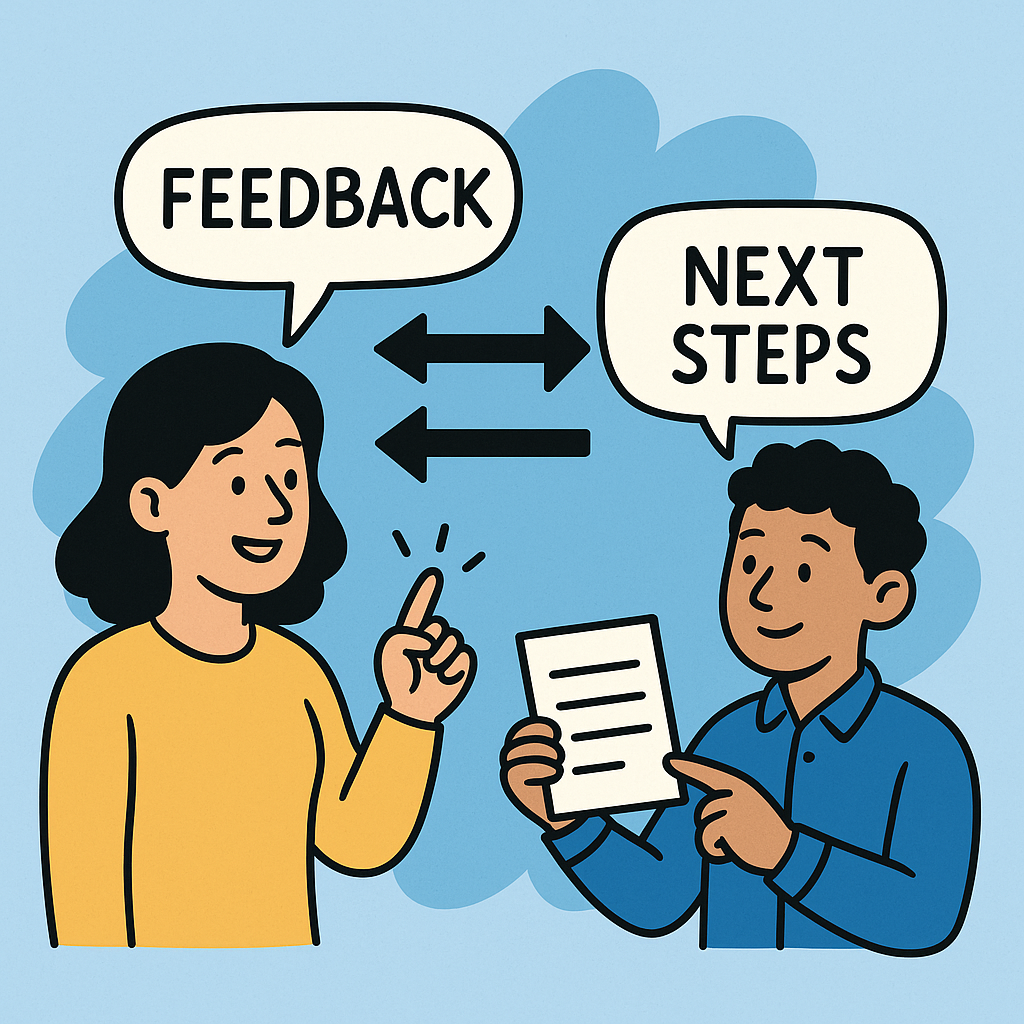Following our initial testing phase, we recently had the opportunity to present the current status of our emergency triage monitoring system to the Director of the Emergency Department at our partner hospital. This meeting served as a key validation milestone, allowing us to receive clinical feedback directly from a domain expert.
Despite the technical issues previously discussed — particularly the sensitivity limitations of the MAX30102 sensor (LINK TO PREVIOUS POST) when worn as a wristband — we decided to move forward with showcasing what we had, acknowledging that time constraints and some promising results warranted early external input.
The Wristband: Highlighting the Importance of Blood Pressure
The feedback on the wristband prototype was positive overall. Its compact form, ability to collect multiple vital signs, and clear role in patient monitoring were well received. However, the Director emphasized the clinical importance of blood pressure monitoring, particularly for triage purposes.
While not yet implemented in our current prototype due to its technical complexity, our team has already been researching feasible methods to address this — such as non-invasive blood pressure estimation using photoplethysmographic (PPG) signals and pulse wave analysis.
Application Interface: A Strong Asset
One of the highlights of the feedback session was the application interface. The Director appreciated its simplicity, clarity, and practical functionality. Key points noted included:
- Real-time visualization of processed vital signs
- Adaptability of displayed values
- Potential for future integration of clinical diagnosis features
- Accessibility across different devices on the same network (e.g., viewing on a tablet while the app is hosted from a laptop)
This setup not only improves usability in dynamic clinical environments but also showcases the flexibility of our system architecture.
A Valuable Suggestion: Identifying the Data Validator
A particularly useful suggestion was the inclusion of user identification for the healthcare professional validating patient data. This feature — aimed at improving traceability and accountability — had already been discussed within our team and is currently under development.
By incorporating this functionality, we will ensure that any data verification or edits within the system can be attributed to the responsible medical staff, enhancing both security and reliability.
A Word from the Emergency Department Director
As a final note during our meeting, the Director of the Emergency Department generously agreed to record a short video message reflecting on the solution we presented. In the video, he shared his thoughts on the relevance of continuous vital sign monitoring during triage and commented positively on the potential of our system to support clinical decision-making in high-pressure scenarios.
Although the prototype is still under development, the Director emphasized the importance of early, dynamic information during emergency admissions and how our approach could complement existing processes. His feedback reinforces the clinical value of our project and will be included in our final demonstration as an external perspective from the field.
This kind of engagement helps bridge the gap between academic prototypes and practical hospital applications — an essential step in validating real-world impact.
The result of this interaction can be viewed in the following link: Promotional Video DEMS
Conclusion
Despite the known limitations of our prototype, this meeting was a critical validation point. The positive reception of the wristband and app, along with practical suggestions for improvement, confirmed we are on the right track.
Moving forward, our focus will shift to:
- Investigating blood pressure integration
- Completing user identification functionality
- Continuing iterative testing and refinement
- Try to improve the measurements under difficult conditions as we have on the wrist
The meeting reaffirmed the value of early stakeholder engagement, even when the system is still under development. With their feedback, we are better equipped to align our technological efforts with real clinical needs and correct some of the issues that we may have in our system, before presentation day, making sure that is all working perfectly in ElectroDay (July 5th).
